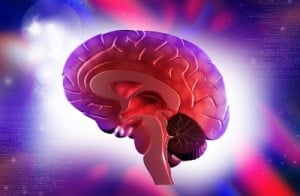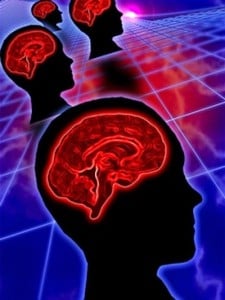
In an average life, experiencing stress in various situations is to be expected. It would be impossible to avoid all feelings of nervousness due to discomfort and worry. However, there is a vast difference between feeling occasional anxiety and constantly living in a state of uneasiness and fear. Various anxiety disorders exist, resulting from both inherited traits, life experience, and trauma that has occurred in a person’s life. Anxiety is also attributed to deregulation of certain neurotransmitters in the brain. Social Anxiety Disorder (SAD), also known as social phobia, describes a condition in which a person feels excessively self-conscious in social situations and fears negative judgment.
Someone suffering from SAD gets uncomfortable interacting with others for the fear that they may do something that the other person finds wrong, inappropriate, or stupid. This irrational fear is crippling to the sufferer and makes daily life exceptionally difficult. SAD makes everything from public speaking to ordering food at a restaurant a painful, difficult experience, and, for some, nearly impossible. Sufferers may realize how unreasonable their worries are, but cannot get past them. Anxieties may occur in the moment, but often start long before the situation that is being feared happens.
Symptoms of SAD may vary depending on the initial cause. Those suffering often want to maintain a sense of control, and when this comfortable feeling is compromised, the physical and mental reactions begin. Physiologically, the ‘fight or flight’ response is triggered, causing stress hormones like adrenaline to be released into the body, causing increased heart rate, skin temperature fluctuation, dry mouth, dizziness, and changes in breathing. EEG signals have shown higher activity for hi-beta waves, a type of stress response, and higher activity in the mid-brain, a part of the brain known for handling emotional response. People often have feelings of being out of control, greatly overwhelmed, upset, and distressed. Some additional responses include highly emotional responses, defensiveness, restlessness, irritability, exhaustion, obsessive thinking, negative thinking, insomnia, trouble concentrating, wanting to run away from the situation, stomach aches, feeling nauseous, and/or getting migraines.
Adolescents are often affected, and those who are suffering from SAD often go long periods without diagnosis because parents assume the behavior to be temporary and that the child may be going through a shy phase. Unfortunately, if gone untreated, this is not a disorder that will disappear on its own, and it will ultimately lead to worsened anxiety over time, lack of self-esteem, depression, and severe isolation. Additionally, there has been a connection drawn between children with low self-esteem and conforming to peer pressure. This is because social anxiety can lead to the child believing they must do what it takes to be accepted by their peers.
Various medications are often prescribed to assist with SAD, but despite their efficacy in the moment, making daily life more manageable, the medications do not directly treat the root of the problem. If taken off the medications, increased levels of anxiety will likely occur due to a developed dependency on the drugs to function each day. Additionally, anxiety occurs in particular places in the brain, and the drugs most often affect the whole brain, making the person constantly feel tired and lethargic. Overall, anxiety cannot be effectively treated solely with medication and needs supplemental strategies of treatment to change how the brain functions.
Neurofeedback is an excellent option for those suffering with anxiety, because it targets the neurological deficits in order to make long-lasting changes in feelings and behavior. The brain is shown how to react more calmly, making it easier to handle stressful situations without being so overwhelmed. Neurotherapy focuses on helping the symptoms of anxiety by improving brain function. One example of this is using neurotherapy to improve sleep habits, which will positively affect anxiety. Ron*, a patient who received treatment at Advanced Neurotherapy, explains,
“I came in for neurofeedback because I’ve struggled with anxiety for over 2 and a half years now. I would get panic attacks at random and had difficulty sleeping at night because my anxiety would keep me up. Neurofeedback has truly helped me to calm down and stop feeling stressed all the time. I’ve seen considerable improvements in my daily lifestyle and even my friends and family have commented on how I’ve changed. I tried everything from therapists, doctors, and even sleep medications, but the truth is neurofeedback has been the only thing to really help me conquer my anxiety. “
If your child or you have been experiencing symptoms of anxiety, schedule a free consultation with Dr. Ross about what neurofeedback can do to reduce/eliminate these symptoms. Experience the relief of leaving anxiety behind for good.
Image courtesy of FrameAngel at FreeDigitalPhotos.net








